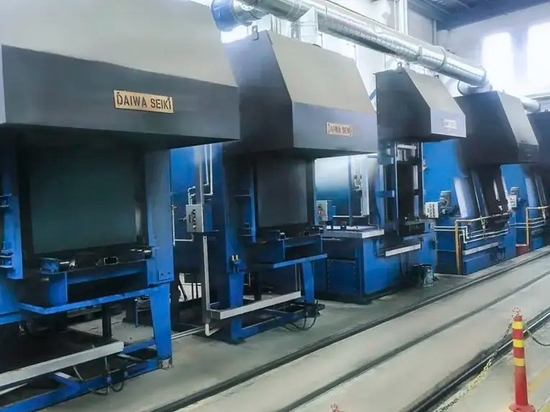
#Industry News
Gigacasting Is A Process For Manufacturing Large-Scale Structural Components
Gigacasting Is A Process For Manufacturing Large-Scale Structural Components
Giga Casting Mould Base and the Automotive Industry
Giga Casting Mould Base
In the casting industry, metals are formed and shaped by the solidification of liquid metal in a mould. This technique has been used by many civilizations to shape objects and is now undergoing a revival with new developments such as Gigacasting, which Tesla is introducing for their Model Y electric vehicle.
Gigacasting is a process for manufacturing large-scale structural components such as chassis in one shot. Moreover, it eliminates the need for conventional assembly operations, enabling a reduction in component numbers.
The technology is also reducing the need for additional finishing processes and improving the quality of the cast parts. This, in turn, reduces the cost of the production.
While the Giga Press machines currently in use by Tesla are designed to press with 5,500 tons of force, there are plans for larger versions in the future that will be needed to cast the large pieces of their future vehicles.
According to Ferrario, Idra has received an order from "a leading global manufacturer for new energy vehicles" to build an 8,000-ton version of the Gigapress.
This would allow for casting large body shells, like a Hot-Wheels car. Nevertheless, it's not clear whether this will be possible in the near future due to the high production costs.
In any case, the Gigacasting approach is still an innovative concept that may change the way metals are produced in the future. It may even redefine the entire foundry sector.
As Gigacasting is a new technology, it will take some time to determine its efficiency, cost, stability, and reliability in the automotive industry. But it's definitely something to watch out for.
Gigacasting is also redefining the industry as a whole, putting the casting sector in the spotlight. The impact of these changes will be felt by companies worldwide as they develop new technologies.
The cast sector is also impacted by the trend towards smart manufacturing, factory automation and Industry 4.0. Just like any other manufacturing sector, the casting industry responds to these trends with digitalization, advanced simulation approaches and extended use of artificial intelligence techniques.
With the advent of additive manufacturing, another technological revolution is taking place. AM can replace many manual tasks and has the potential to become a competitor with traditional metal casting.
However, in the meantime, it remains to be seen if AM will ever replace cast parts entirely. As such, the role of the casting industry in this era will remain critical.
The casting industry is certainly in difficult waters, but it's wide awake and proactively working to revamp its industrial sector. There are multiple ways to tackle the challenges it faces, from the development of hybrid or compound casting approaches to a fully new Giga casting process.





